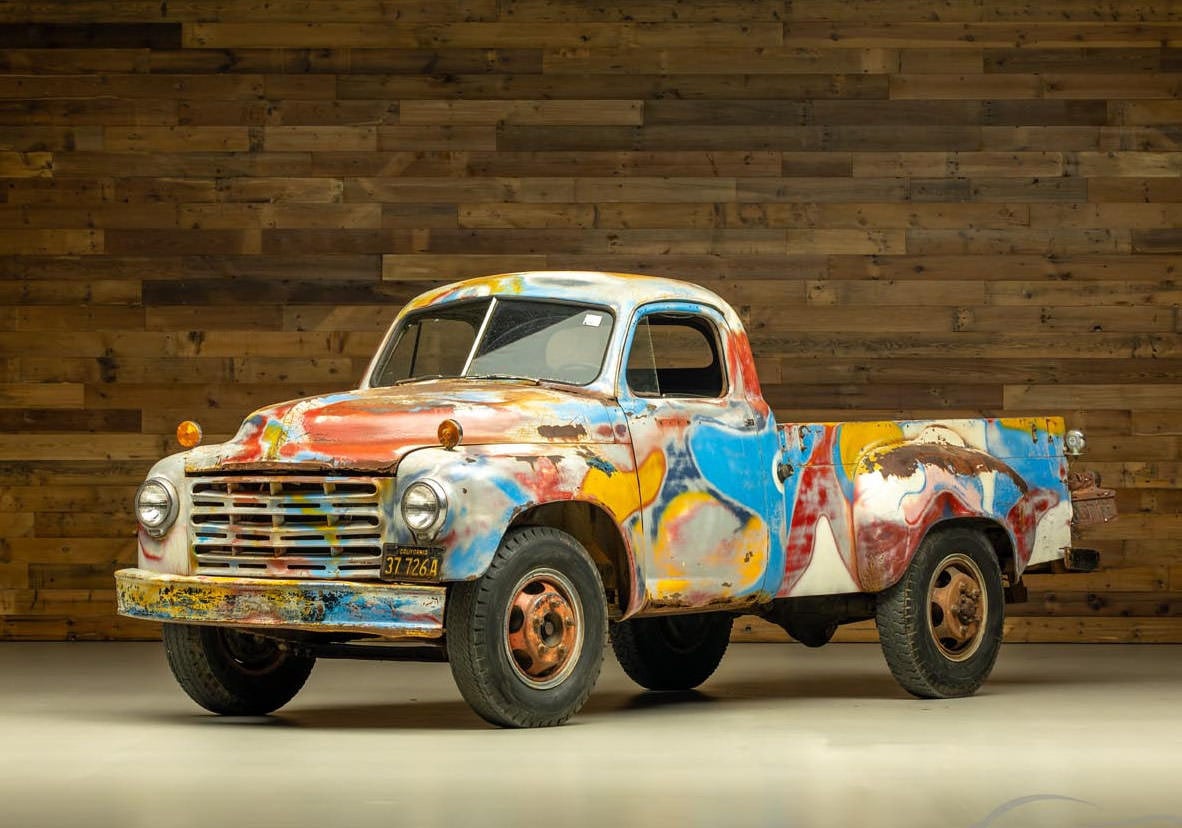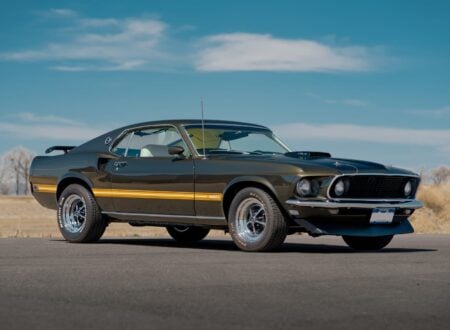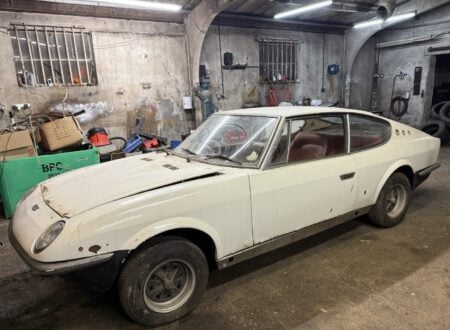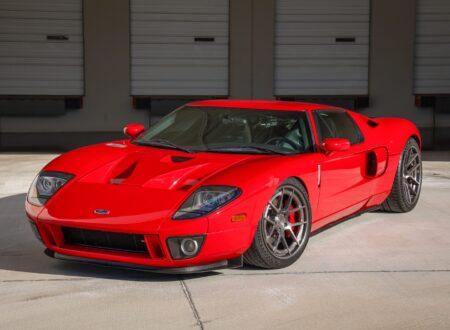This 1949 Studebaker M5 Pickup was used by The Grateful Dead as their primary equipment truck, they nicknamed it “The Dred” and it was given a new paint job in-keeping with the group’s aesthetic.
Over the years, this truck has been featured in Rolling Stone magazine and a number of other publications. It’s an undeniably unique piece of rock n’ roll history, and it’s now being offered for sale for the first time in years.
Fast Facts – The Grateful Dead’s Band Equipment Truck
- The 1949 Studebaker M5 Pickup, nicknamed “The Dred,” was The Grateful Dead’s primary equipment truck. It features a custom paint job reflecting the band’s aesthetic and has been featured in Rolling Stone magazine. This unique piece of rock history is now being offered for sale.
- The Grateful Dead, formed in 1965 in California, was a pioneering rock band known for blending various musical styles and improvisation. Led by Jerry Garcia, they built a devoted fanbase called “Deadheads” through relentless touring and unique live performances that varied nightly.
- The Studebaker M5 was part of the M-series pickup trucks produced from 1938 to 1952. It featured a 169 cubic inch straight-six engine, 4-speed manual transmission, and sleek, aerodynamic styling that was ahead of its time. Various versions were used by the US military during WWII.
- Owned by Owsley Stanley, The Grateful Dead’s original sound man, “The Dred” hauled the band’s equipment to Los Angeles for their first album recording. It was often seen parked outside their studio in Novato, California, or at their party house in Olympia, becoming a legend in its own right.
What Is The Grateful Dead?
The Grateful Dead were a pioneering American rock band formed in 1965 in Palo Alto, California. Known for their unique blend of rock, folk, bluegrass, blues, and psychedelia, the band became a cultural phenomenon and one of the most influential groups in rock history.
Above Video: This is The Grateful Dead movie, it’s a 1974 film directed by band member Jerry Garcia. The film captures a series of performances of The Grateful Dead in 1974, as well as some psychedelic animations, and the “Wall of Sound” concert sound system made famous by the band.
Led by guitarist Jerry Garcia, the original lineup included Bob Weir, Ron “Pigpen” McKernan, Phil Lesh, and Bill Kreutzmann. Their music was characterized by extended improvisational jams, intricate harmonies, and poetic lyrics often penned by Robert Hunter.
The Grateful Dead built a devoted fan base, known as “Deadheads,” through relentless touring and their commitment to live performances. Each show was a unique experience, with setlists varying night to night. This approach fostered a community around the band and inspired a bootleg tape-trading culture among fans.
Some of their most celebrated studio albums include “American Beauty” (1970) and “Workingman’s Dead” (1970), which showcased their more acoustic, roots-oriented sound. However, the band was best known for their live performances, captured on numerous live albums.
The Grateful Dead continued to tour and record until Jerry Garcia’s death in 1995, marking the end of the band’s principal incarnation. Their legacy lives on through various offshoot projects, reissues, and a continuing fan base that celebrates their music and cultural impact.
The Studebaker M5 Pickup
The Studebaker M5 was a member of the Studebaker M-series of pickup trucks that entered production in 1938 shortly before WWII, and remained in production until 1952.
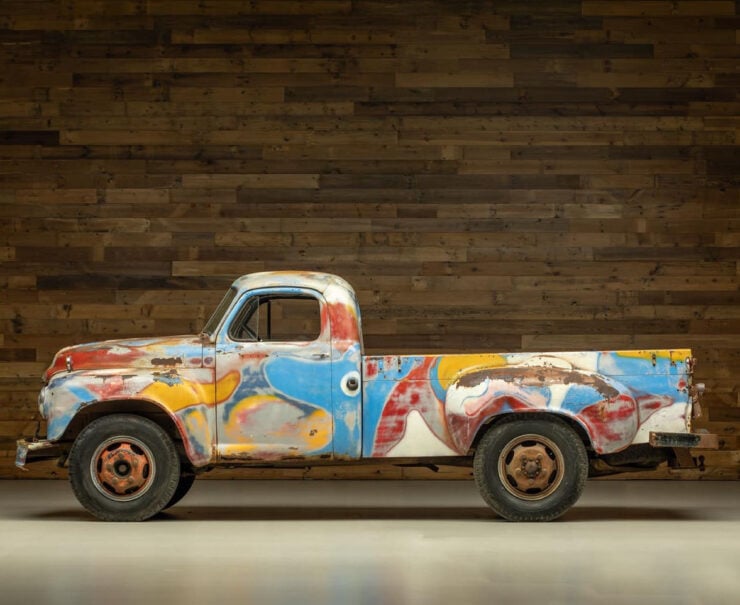

Various M-series trucks were used by the US Military seeing service in South East Asia including on the Burma Road, many were sent to Russia during the war as part of the Lend Lease program, and more still were used locally in the United States.
The Studebaker M5 was the 1/2 ton version, it was joined by the M15 which was the 3/4 ton version, the M15A was the 1+1⁄2-ton version, and by the M16 which came in both 1-1/2 & 2 ton versions.
The M5, M15, and M15A were all powered by the Champion OHV 169 cubic inch (2.76 liter) straight-six engine, whereas the M16 was powered by the more powerful Commander 226 cubic inch (3.7 liter) straight-six.
All versions used the T9 4-speed manual transmission powering either the rear wheels, or all four wheels depending on the version. The Studebaker M5 was produced in the highest numbers of the civilian versions, though the Studebaker US6 2½-ton 6×6 truck which was based on the M-series for the military was produced in higher numbers still, with over 200,000 made.
The sleek, aerodynamic styling of the Studebaker M5 was well ahead of its time by the standards of the late 1930s and it was likely a signifiant influence on other manufacturers both before and after WWII.
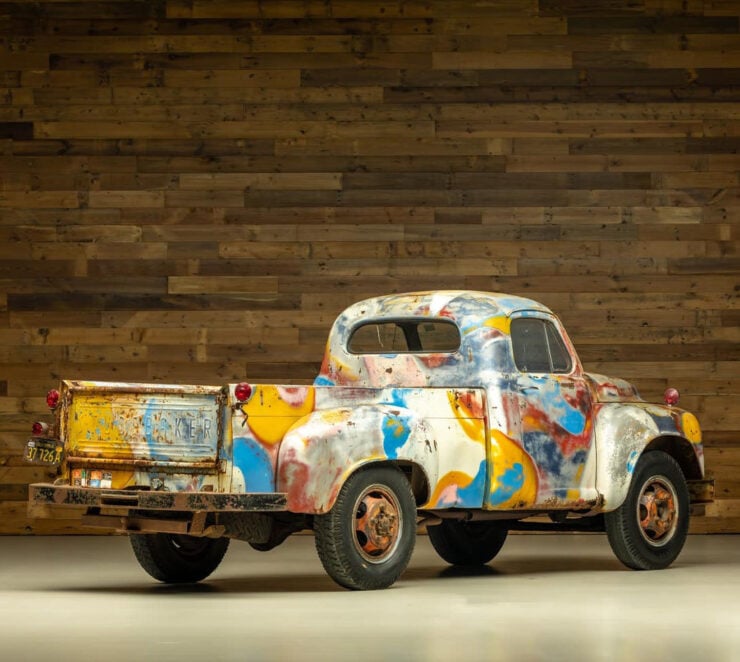

The Grateful Dead’s Band Equipment Truck
The truck you see here is almost certainly the most famous Studebaker M5 in history thanks to its years of service as the band equipment truck for The Grateful Dead. The stories this truck would tell, if it could talk, would fill volumes.
“Owned by Owsley Stanley, the Grateful Dead’s original sound man and a man that influenced an entire generation with his “outside-the-box” thoughts, this 1949 Studebaker was used as the band’s equipment hauler in the 1960s.”
“Known as ‘The Dred’, it was often seen parked outside the Dead’s studio in Novato, California or the party house at Olympia. ‘The Dred’ became a living legend of its own. A slow gas guzzler, this truck actually hauled the band’s equipment to Los Angeles when they recorded their first album, “The Grateful Dead.”
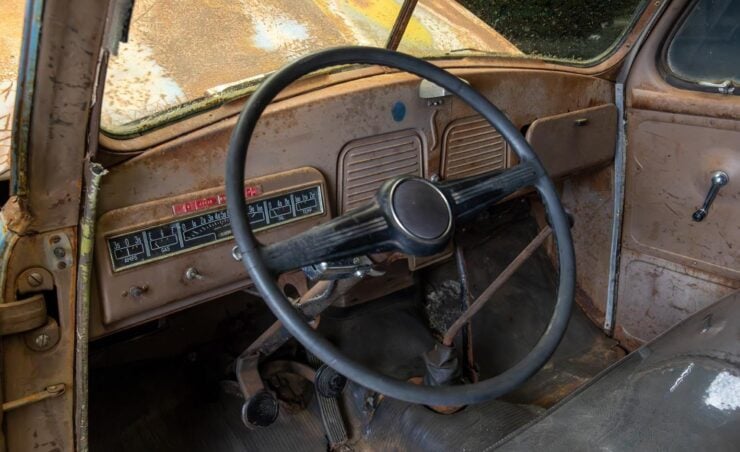

The Dred is now due to cross the auction block with Worldwide Auctioneers in late August at the Auburn Auction. If you’d like to read more about it or register to bid you can visit the listing here.
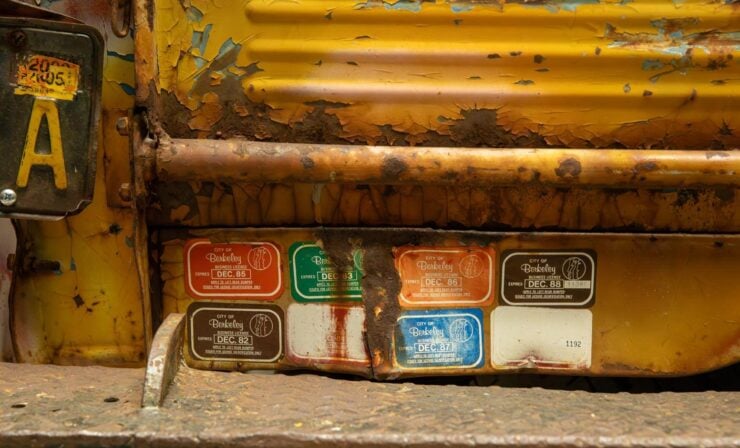
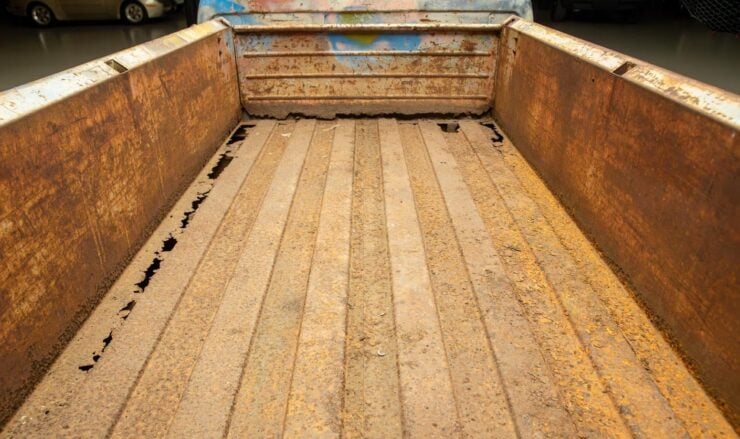
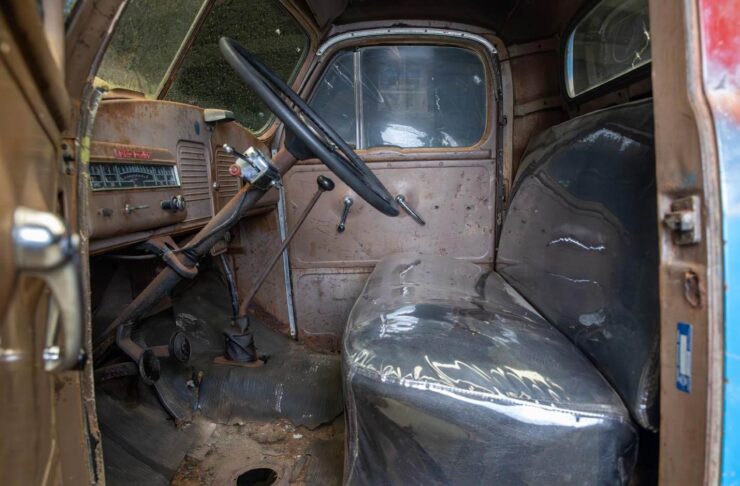
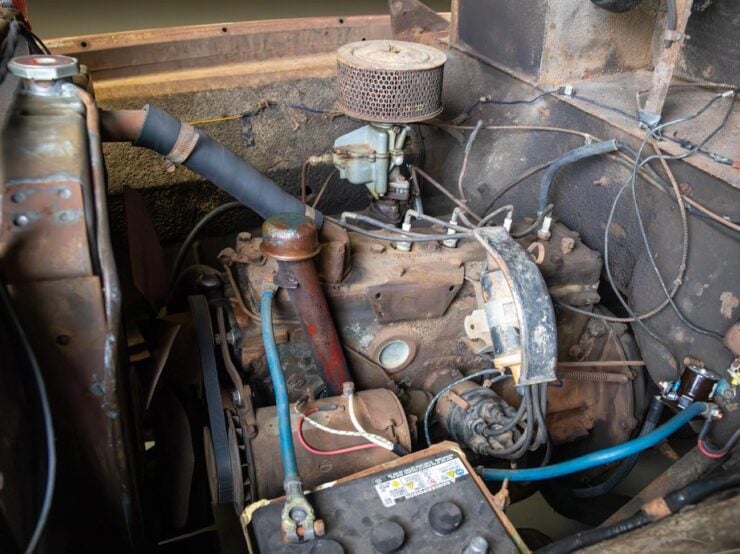
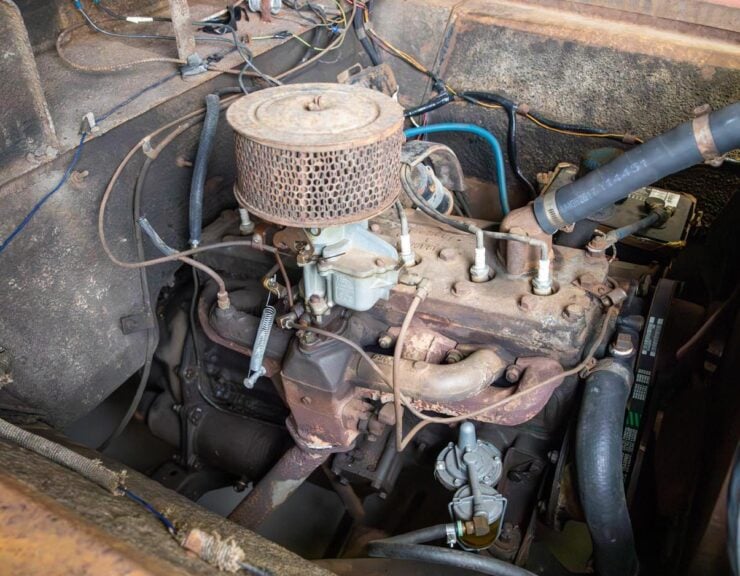

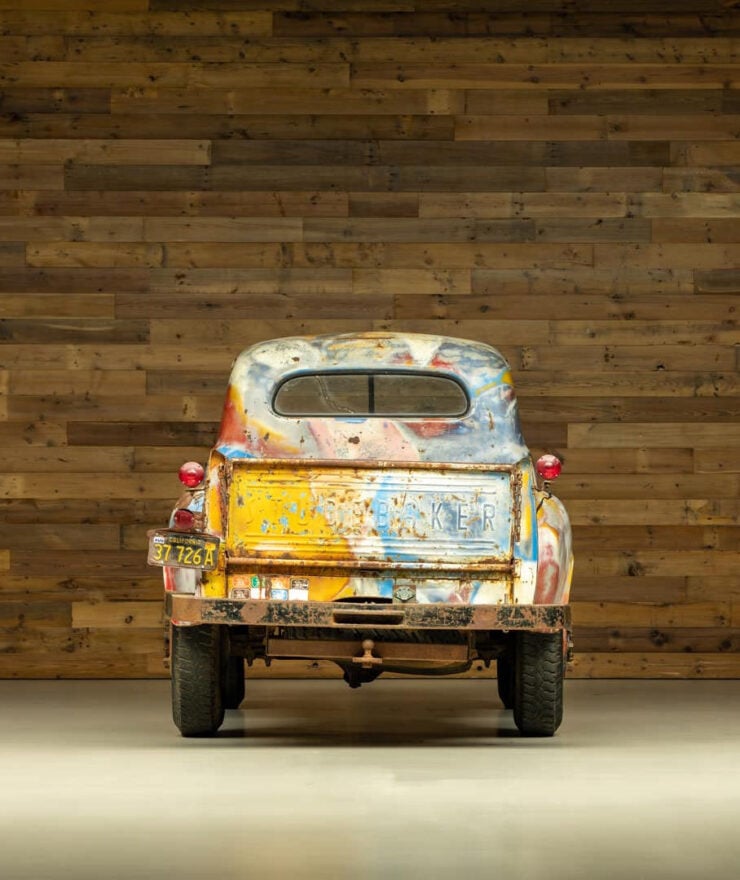
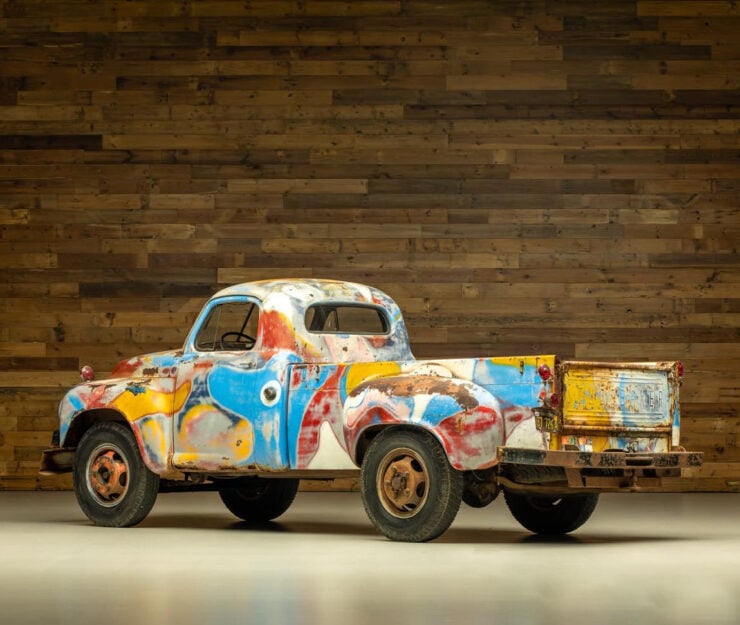
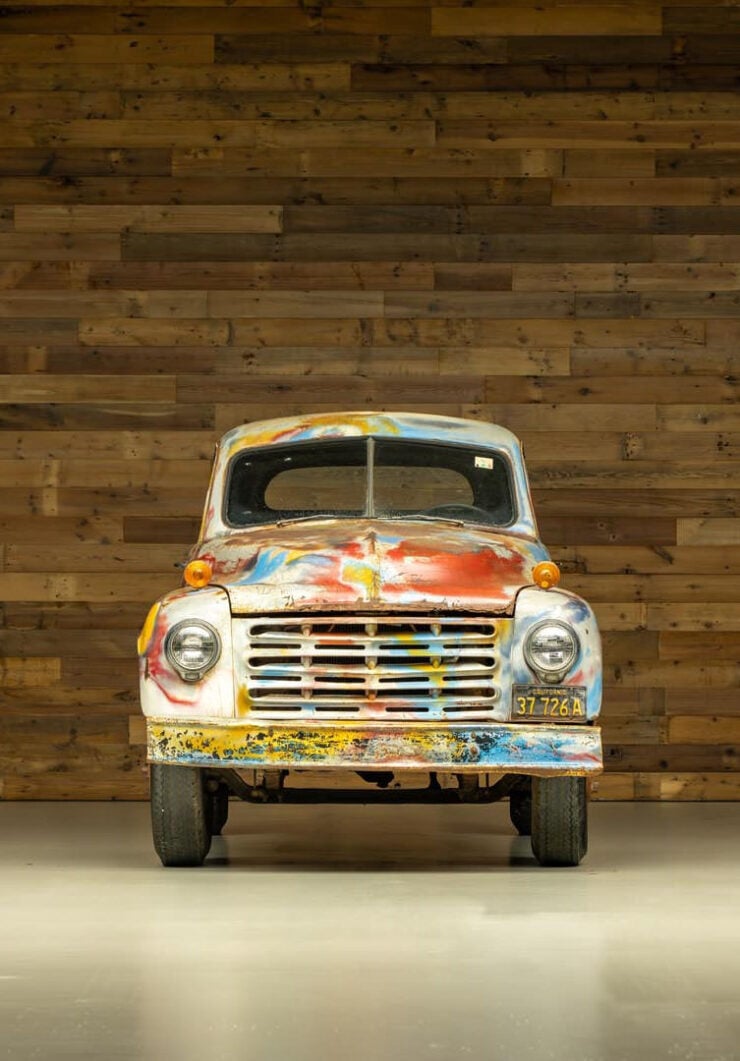
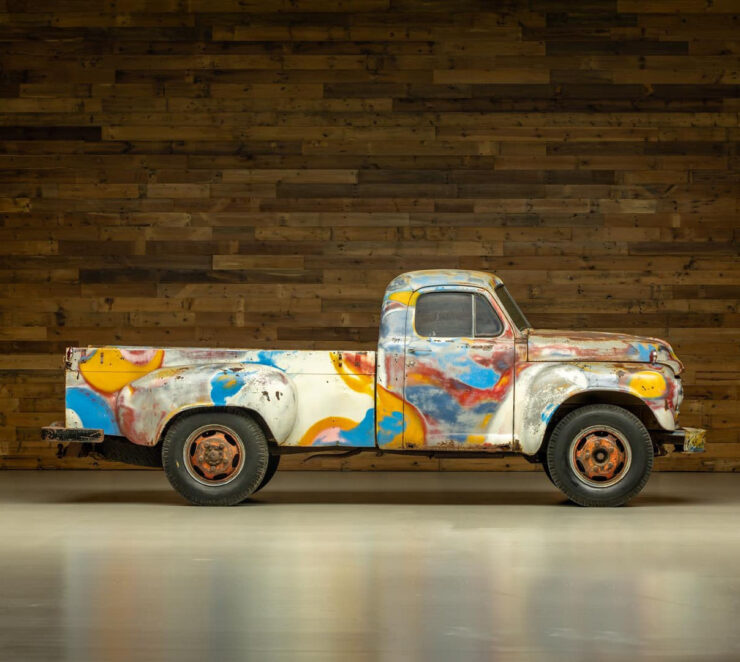
Images courtesy of Worldwide Auctioneers

